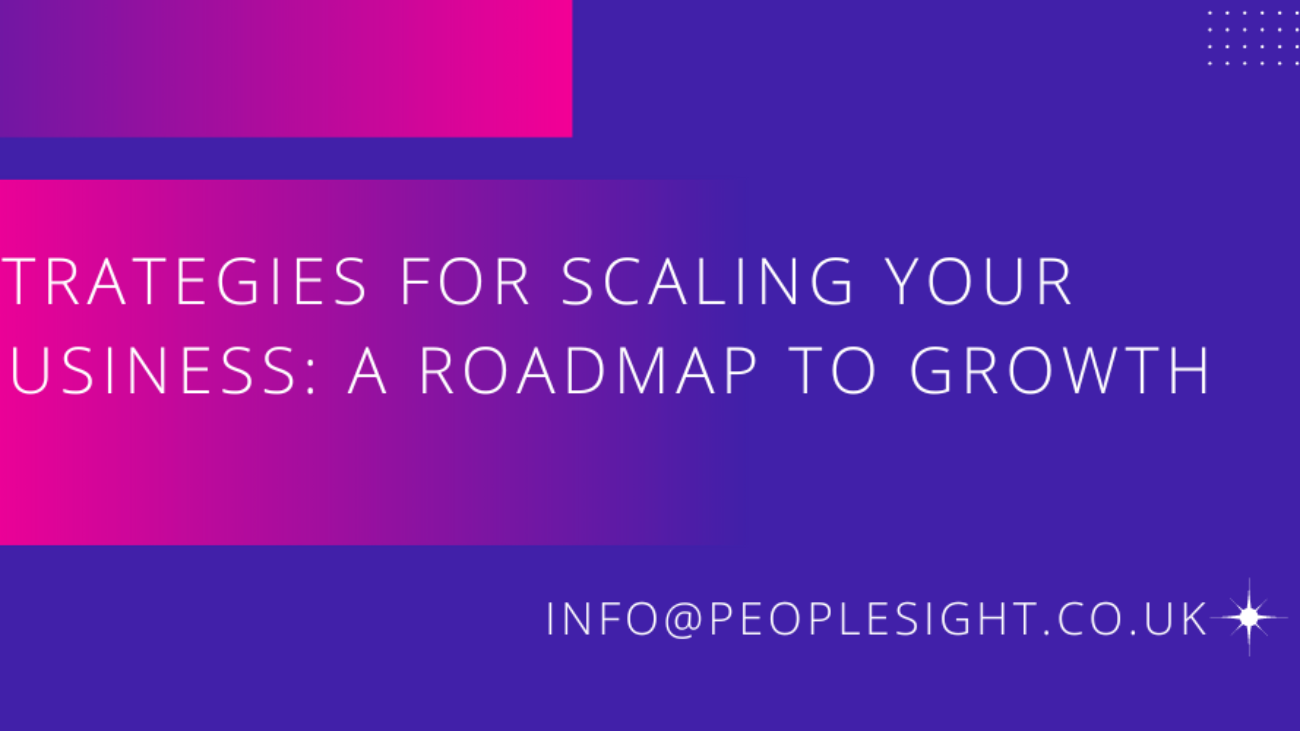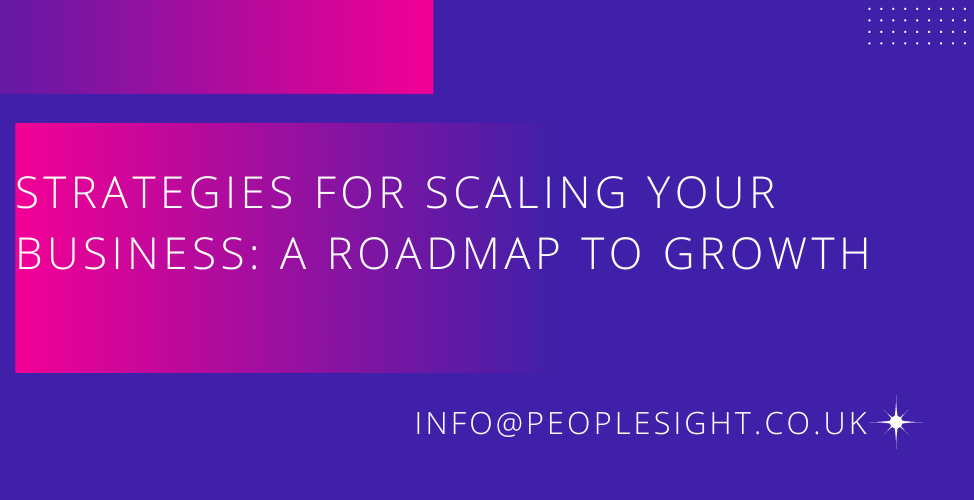Online surveys remain a cornerstone of modern market research in today’s fast-paced digital world. They offer speed, convenience, and cost-efficiency. But behind every successful online survey lies a critical element: recruiting the right participants. It’s not just about getting responses; it’s about getting the right responses from your target audience.
Online surveys are only as reliable as the participants who complete them. The insights gathered from a survey when the recruitment strategy attracts people who are not your target audience for the research are usually flawed and misleading. Imagine creating a survey for working professionals about a financial planning app, only to discover that most respondents were students or nursing mothers. You’d miss out on the feedback that truly matters.
Reaching the right audience is not just a good practice, it’s the foundation for valid and actionable research.
The following are the challenges faced in Online Survey Recruitment:
- Low-quality responses from individuals who rush through surveys for incentives.
- Survey fatigue, when participants are overwhelmed by too many surveys or the long duration required to complete surveys.
- Reaching niche or hard-to-find demographics, such as senior executives or new mothers.
- Screening failure, where participants misrepresent themselves to qualify for incentives.
Overcoming these challenges requires strategy, technology, and a deep understanding of your ideal respondent.
Proven Strategies for Reaching the Right Participants
At Peoplesight, we understand the importance of precision in recruitment. Here are some tried-and-tested strategies to ensure you connect with the right audience:
1. Define a Clear Participant Profile
Before launching any survey, clarify who you want to reach (your target audience). What are their demographics, behaviours, interests, and online habits? A clear profile helps in designing effective screeners and targeting tools.
2. Use Reliable Panels and Recruitment Platforms
Reputable participant panels and recruitment tools help pre-screen individuals based on your target criteria. These platforms often offer fraud detection, profiling, and consent features that ensure quality participation.
3. Leverage Social Media and Online Communities
Platforms like LinkedIn, Reddit, Facebook groups, and niche forums are great for targeted outreach. If you’re looking for HR professionals or fintech users, there’s likely a group where they’re active and engaged.
4. Design Engaging Screeners
Your screener is your first filter. Use thoughtful questions that help identify your ideal participants without making the criteria too obvious, this discourages dishonest responses from “professional survey takers.”
5. Offer Relevant Incentives
Incentives don’t always have to be monetary, but they must be appropriate. Consider what would motivate your audience—a gift card, early access to results, or even a donation to a cause they care about.
6. Use Quality Control Measures
To ensure data reliability, include attention-check questions, monitor completion times, and flag inconsistent answers. This helps weed out bots and inattentive participants.
7. Build Trust with Transparency
Participants are more likely to engage when they know who’s behind the survey and how their data will be used. Be clear, respectful, and GDPR-compliant to build long-term participant relationships.
At Peoplesight, we specialize in sourcing participants who match your research needs—whether it’s broad public opinion or niche market insights. We blend human expertise with smart tools to ensure each survey reaches the right people, not just any people.
We believe that when you ask the right audience the right questions, you get insights that spark action and drive business decisions.
Online surveys are powerful, but only when backed by smart recruitment strategies. Reaching the right audience ensures your research is meaningful, actionable, and impactful. So the next time you launch an online survey, remember: who you ask is just as important as what you ask.



